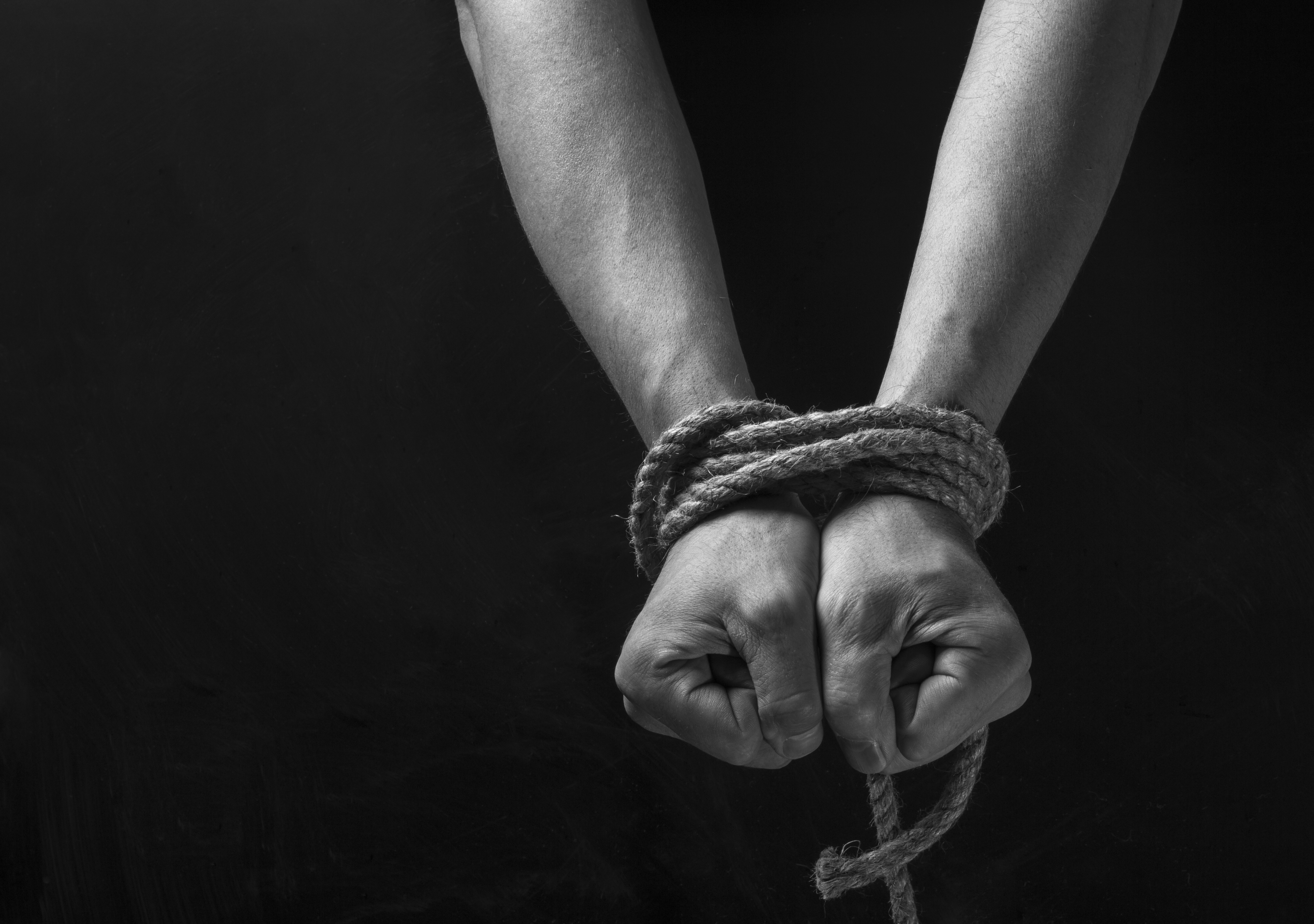
Organisations can – and should – start taking steps to remove modern slavery from their supply chains, writes Good Environmental Choice Australia’s Yanyan Xiao and Kendall Benton-Collins.
Slavery has never ended. In modern times, it continues to persist in the form of servitude, forced labour, debt bondage, human trafficking, child slavery, and forced marriage. The 2016 Global Slavery Index showed that there are more than 45.8 million people across 167 countries in some form of modern slavery.
India, China, Pakistan, Bangladesh, and Uzbekistan are the countries with the highest absolute numbers of people suffering from modern slavery, while the more economically developed countries, Luxembourg, Ireland, Norway, Denmark, Switzerland, Belgium, the US, Canada, Australia and New Zealand are showing less prevalence of modern slavery.
It’s not surprising then, that modern slavery can feel like an issue that’s far away from the lives of most Australians.
Having said that, it’s important to note that while Australia may have fewer instances of modern slavery than developing countries, it is still very much a factor in our products and services and we are certainly not excluded from risk here on our shores.
Developed countries are importing large numbers of goods and services from developing countries, and modern slavery can exist along the complicated global supply chains. In this regard, modern slavery is related to everyone’s daily life through global supply chains.
You might own a diamond ring that was exploited by forced labour in Africa; you might wear a T-shirt that was made by bonded labour in Bangladesh; you might work on a computer that was assembled by exploited workers in Malaysia; you might use a phone battery that contains minerals mined by child slaves in the Congo; you might even eat prawns that were fished and processed by trafficked workers in Thailand.
Modern slavery has increasingly attracted attention from governments, non-government organisations (NGOs), business communities and civil society worldwide.
In 2003, the Protocol to Prevent, Suppress and Punish Trafficking in Persons,Especially Women and Children entered into force in the US, and until 2016, 124 countries ratified this protocol.
Regarding the specific legislation in modern slavery, the UK was the first country in the world to publish the Modern Slavery Act 2015.
This Act requires the companies with the total turnover threshold at £36 million in the UK to make a Slavery and Human Trafficking Statement with modern slavery information on their supply chains, policies, and mitigation steps.
In 2017, Australia proposed to build a comprehensive suite of new laws for combatting modern slavery, which also includes establishing a Modern Slavery Act. The crimes of slavery, forced labour, and human trafficking would then fall under a single law.
The Australian anti-modern slavery model would be improved based on the UK one. It would have specific requirements in modern slavery in supply chain reporting, such as making the voluntary criteria of reporting modern slavery in supply chain mandatory and setting a lower threshold for including more business companies to take the responsibility of reporting modern slavery.
In line with government leadership in anti-modern slavery, many NGOs are playing a significant role in this field through research, policy development, professional practice, technology provision, data analysis, and education.
NGOs are making a concerted effort to raise the awareness of businesses on the need to be proactive when it comes to modern slavery, making them realise that anti-modern slavery actions are not only an obligation but is also a good thing to do for their businesses.
Currently, NGOs are cooperating with companies to help them identify and remedy modern slavery hotspots in their supply chains. This is part of a trend to move the businesses toward proactive checking.
The agriculture, construction, manufacturing, mining, utilities and domestic services sectors, appear to be modern slavery hotspots. Thus, if the big companies in these sectors or the companies that have close interactions with these sectors take initiatives in combatting modern slavery, it would be demonstrating leadership and may have a bigger impact on civil society.
In theory, we are all connected to modern slavery through complicated supply chains. As consumers, we could also become active participants in anti-modern slavery campaigns.
We have the ability to use our purchasing power. If we know that certain goods and services are free of modern slavery, while others are not, we can choose the ones without modern slavery to support the manufactures or providers to sustain economic prosperity.
Everyone’s purchasing power is tiny, but collectively, this power can never be underestimated. We still have a long way to go, however, before we’re at the stage of knowing whether every individual consumer product is indeed modern slavery-free.
The good news is there are already a variety of independent environmental certifications available that help customers to make good choices when purchasing goods and services. Robustness, credibility, and impartiality are what build the reputations of good ecolabels so that suppliers and consumers can come to trust them.
GECA’s standards, for example, consider the social impacts of the products it certifies, including safer and more ethical working conditions, not only for employees, but also those involved along the entire supply chain.
With so many certified products available, there has never been a better time for organisations and businesses to start their positive procurement journey.
While it doesn’t currently exist, a certification for ‘modern slavery-free’ in the future could give transparent and reliable information to customers and make good use of this purchasing power to combat modern slavery.
t the same time, this type of certification would increase the customers’ satisfaction by letting them feel the sense of participation in these campaigns.Thankfully, organisations can – and should – start taking steps to remove modern slavery from their supply chains today.
The key is to start looking! GECA’s Positive Procurement Pledge, for instance, is asking organisations to identify the hotspots across their supply chain, create a framework for monitoring and evaluating these risk areas and implementing a procurement policy that is good for people and planet.
This first appeared in the January/February issue of INCLEAN magazine, out now.
Comment below to have your say on this story.
If you have a news story or tip-off, get in touch at info@3.106.117.80.
Sign up to INCLEAN’s newsletter.
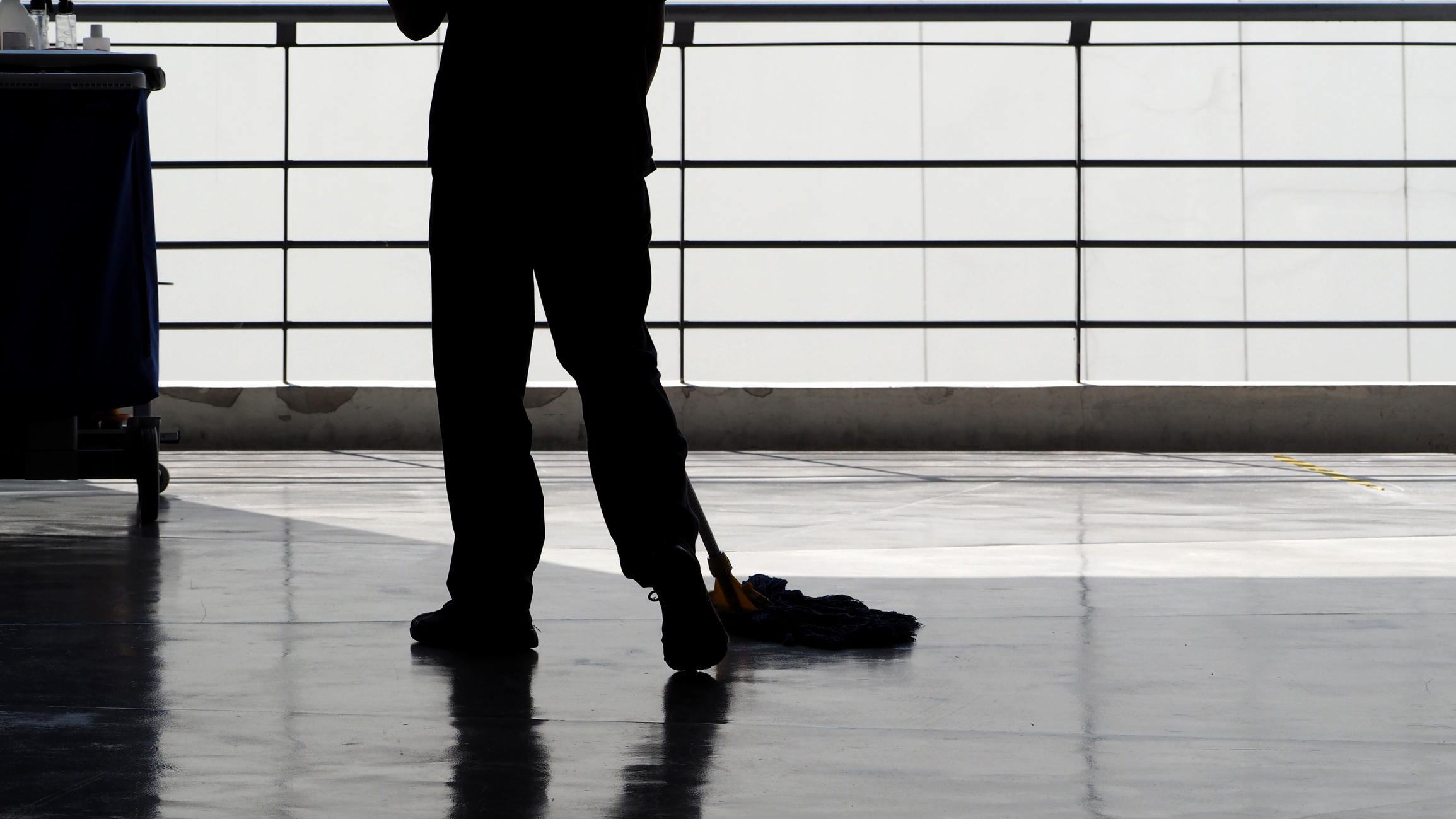
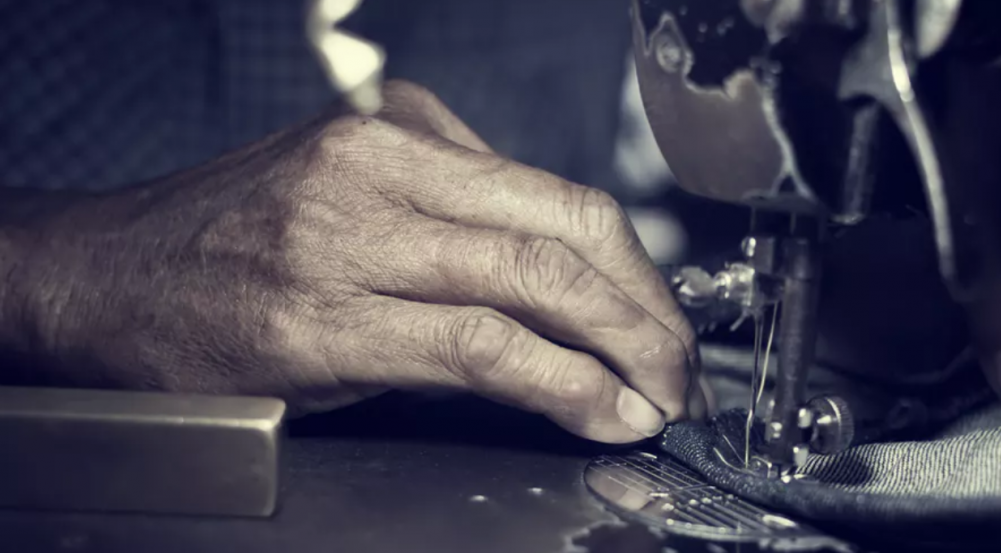

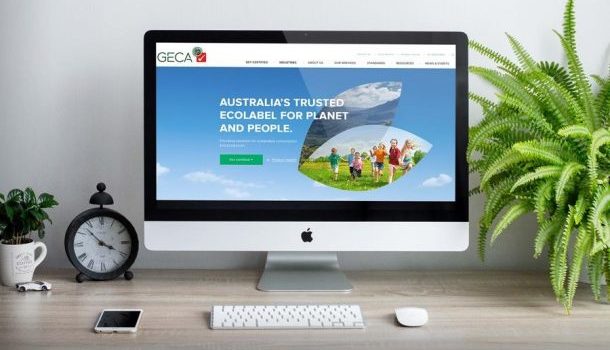
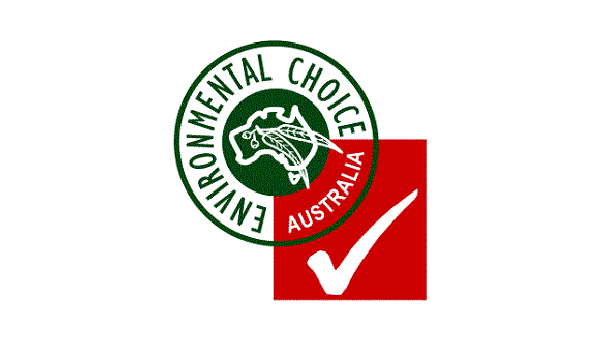
Given that the domestic services sector appears to be a modern slavery hotspot, it’s hard to fathom why the Victorian and South Australian Governments didn’t extend their labour hire licensing schemes into that sector. Both schemes only licence supply of labour hire services to business and/or commercial undertakings. Seem to have left an open door to exploitation in a sector that will be very hard to police.